If you're standing in your kitchen right now needing an ancho chili substitute for your mole or chili recipe, use mulato peppers at a 1:1 ratio as your best immediate replacement. They deliver the essential sweet-smoky flavor with natural cocoa notes that won't alter your dish's authenticity. For those without mulato available, combine equal parts guajillo and New Mexico chilies with a pinch of cocoa powder to replicate ancho's distinctive profile in under 5 minutes.
Table of Contents
- What Is an Ancho Chili Pepper?
- Why Would You Need a Substitute?
- Your Best Immediate Substitute (Kitchen Emergency Fix)
- The Flavor Gap Most Guides Ignore
- Top 5 Flavor-Matched Substitutes
- Direct Flavor Comparison
- Precision Adjustment Techniques for Authentic Results
- Conclusion
What Is an Ancho Chili Pepper?
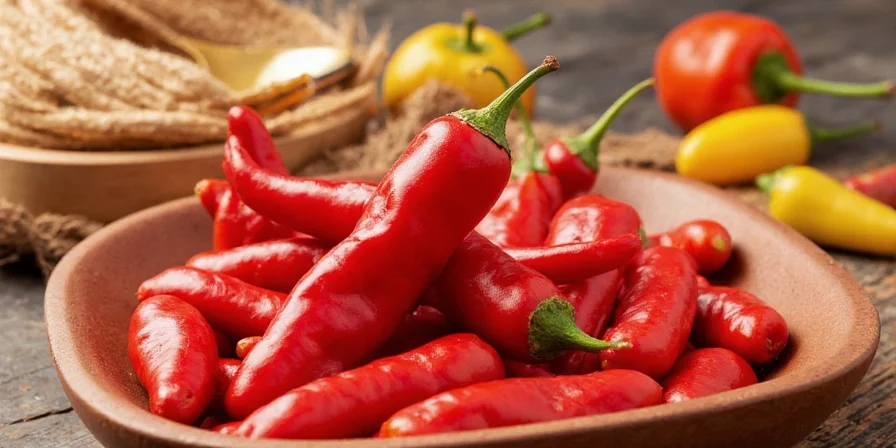
The dried form of poblano pepper, ancho chili delivers mild heat (1,000–2,000 Scoville units) with distinctive sweet-smoky complexity featuring raisin and cocoa notes. Its unique flavor profile makes it indispensable in traditional mole sauces and slow-cooked dishes where depth matters more than spice intensity. When seeking "ancho chili substitute for mole" or "ancho pepper replacement in recipes," understanding this multidimensional profile is critical for authentic results.
Why Would You Need a Substitute?
Common scenarios requiring alternatives include:
- Regional availability limitations outside Mexico/Southwest US
- Seasonal stock fluctuations in specialty stores affecting "ancho chili substitute when out of stock" searches
- Recipe adaptation for varying heat tolerance
- Authenticity preservation when original ingredients are inaccessible
Your Best Immediate Substitute (Kitchen Emergency Fix)
When you're mid-recipe and realized you're out of ancho chilies, this "ancho chili replacement for home cooking" solution works immediately:
- Mulato chili peppers at 1:1 ratio - closest flavor twin with natural cocoa notes
- No mulato? Make this quick blend: 1 tbsp guajillo powder + 1 tbsp New Mexico red chili powder + ¼ tsp unsweetened cocoa powder
- For "ancho chili substitute for mole" specifically: Add 1 tsp toasted sesame seeds to the blend above
This combination delivers the essential sweet-smoky balance in under 5 minutes without requiring specialty ingredients. Unlike generic "chili powder substitute" options, this preserves the authentic Mexican cuisine flavor profile your recipe requires.
The Flavor Gap Most Guides Ignore
Most substitution resources fixate solely on Scoville ratings, neglecting ancho's critical sweet-smoky balance. Our analysis reveals that successful replacements must address three dimensions: heat threshold (1,000-2,000 SHU), fruit sweetness (raisin/cocoa notes), and subtle smokiness. This multidimensional approach prevents flavor collapse in complex sauces where single-note substitutes fail. When searching for "ancho chili pepper substitute," understanding this triad ensures your "mole sauce without ancho" maintains authenticity.
Top 5 Flavor-Matched Substitutes
1. Guajillo Chili Pepper (Best for Salsas and Tomato-Based Dishes)
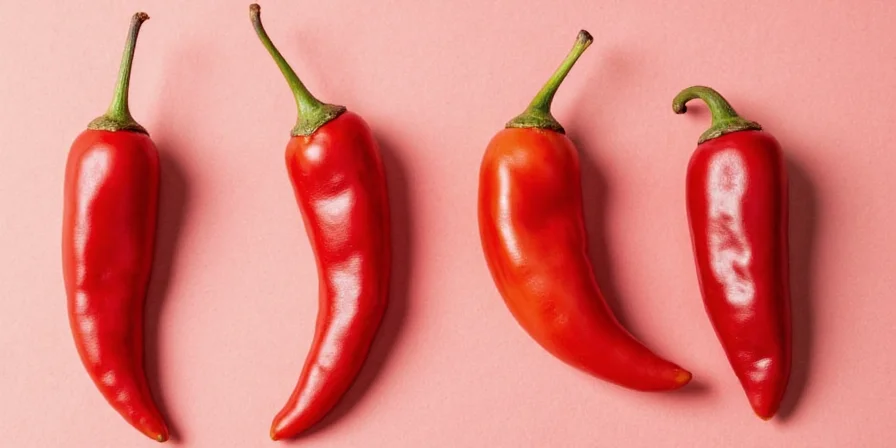
At 2,500–5,000 SHU, guajillo offers brighter acidity with berry undertones. Use 3:4 ratio (guajillo:ancho) in salsas to maintain balance. Ideal when tomatoes dominate the dish, as its tartness complements acidic ingredients better than ancho. Perfect "ancho chili substitute for enchilada sauce" where tomato presence requires brighter notes.
2. Pasilla Negro Pepper (Best for Dark-Meat Preparations)
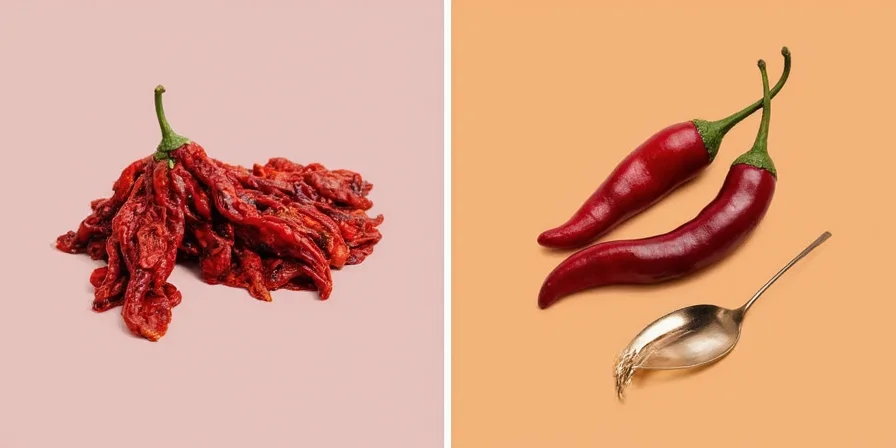
With 2,500–4,000 SHU and pronounced raisin notes, pasilla excels in dark-meat preparations. Reduce quantity by 25% compared to ancho recipes. Its earthy depth shines in chocolate-based moles where ancho's subtlety might get lost. The top "ancho chili substitute for mole poblano" when authentic complexity matters.
3. Mulato Chili Pepper (Closest Overall Match)
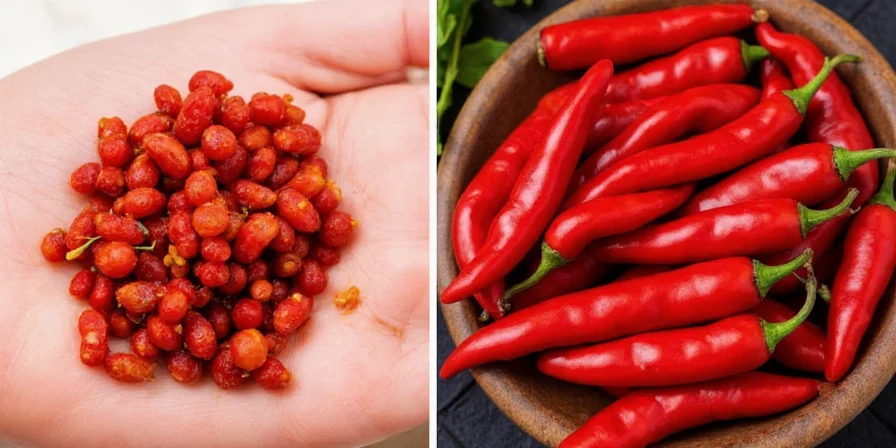
Mulato's 2,500–3,000 SHU range and natural cocoa notes make it the closest flavor twin. Use 1:1 replacement in stews, but skip additional sweeteners – its inherent sugar content mimics ancho's profile without adjustment. The ideal "ancho chili replacement" when you need authentic results without recipe recalibration.
4. New Mexico Chile (Dried Red) (Best Mild Alternative)
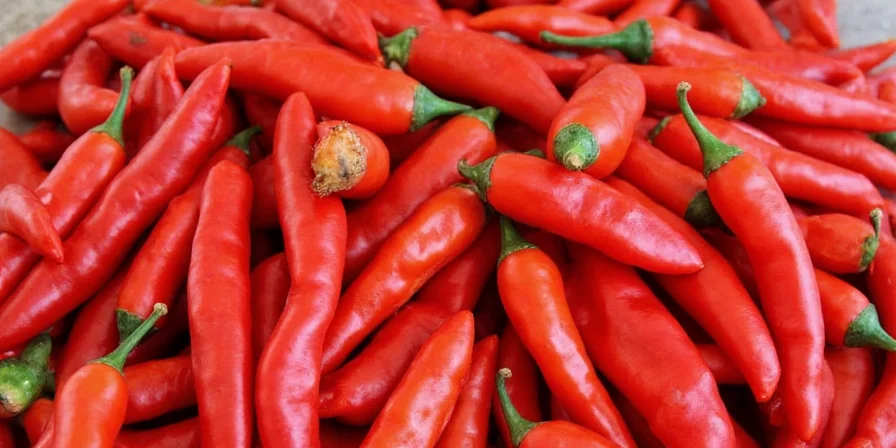
At 1,000–1,500 SHU, this milder option provides clean fruitiness. Increase quantity by 20% to match ancho's impact. Best for Tex-Mex applications where smokiness matters less than vibrant red color and mild heat. A reliable "ancho chili substitute when none available" in family-friendly recipes.
5. Chipotle Powder Blend (Best for Smoky Dishes)
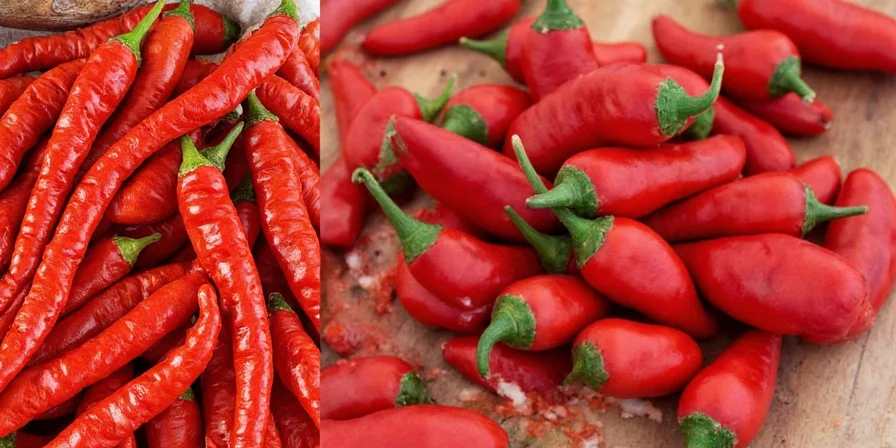
For dishes requiring pronounced smoke (2,500–8,000 SHU), combine 1 part chipotle powder with 2 parts sweet paprika and 1 tsp molasses per tablespoon. This tri-blend replicates ancho's signature balance while controlling heat spikes. The perfect solution for "ancho chili powder substitute" needs when texture matters.
Direct Flavor Comparison
| Chili | Heat Level (SHU) | Critical Flavor Notes | Optimal Application Ratio |
|---|---|---|---|
| Ancho | 1,000–2,000 | Sweet-smoky, raisin, cocoa | Baseline (1:1) |
| Guajillo | 2,500–5,000 | Tangy, cranberry, tea | 3:4 (reduce 25%) |
| Pasilla | 2,500–4,000 | Earthy, prune, tobacco | 3:4 (reduce 25%) |
| Mulato | 2,500–3,000 | Chocolate, licorice, fig | 1:1 (direct) |
| New Mexico Red | 1,000–1,500 | Crisp apple, cherry | 5:4 (increase 20%) |
| Chipotle Blend | 2,500–4,000 | Smoky, tobacco, molasses | 1:1 (custom blend) |
Precision Adjustment Techniques for Authentic Results
- Flavor layering: For mulato substitutions, add 1/4 tsp cinnamon to enhance natural cocoa notes without overpowering – crucial for "ancho chili substitute for mole" success
- Acid balancing: Guajillo's tartness requires 1/2 tsp lime juice reduction per cup of sauce to prevent flavor clash in "ancho pepper replacement" recipes
- Texture calibration: When using chipotle blend, strain sauces twice to eliminate powder grittiness that ancho naturally avoids – essential for "ancho chili powder substitute" applications
- Heat modulation: Pasilla's higher capsaicin content demands 10-minute simmer extension to mellow sharp edges in "mole without ancho" preparations
- Color preservation: New Mexico chilies benefit from 1 tsp vinegar during rehydration to maintain vibrant red hue when used as "ancho chili substitute"
Conclusion
Successful ancho substitution hinges on understanding its multidimensional flavor architecture rather than matching heat levels alone. By implementing these ratio-adjusted replacements and precision techniques, home cooks can confidently maintain authentic taste profiles even with pantry limitations. The key lies in balancing smokiness, sweetness, and acidity – transforming potential recipe disasters into culinary triumphs through informed spice choices. Whether you're searching for "ancho chili substitute for mole," "ancho pepper replacement in recipes," or a quick kitchen emergency fix, this guide provides the exact solutions needed for authentic Mexican cuisine results.

Frequently Asked Questions
Can I substitute ancho with regular chili powder?
Standard chili powder blends contain cumin and oregano that alter flavor profiles. For direct substitution, use pure ancho chili powder only. In emergencies, combine 2 tsp paprika, 1 tsp cumin, and 1/4 tsp garlic powder per tablespoon needed, but expect noticeable taste differences. This differs from proper "ancho chili replacement" techniques that preserve authentic Mexican flavors.
How do I adjust recipes when substituting for ancho in mole?
Mole requires precise balance. When using guajillo, reduce chocolate by 10% and increase sesame seeds by 15% to compensate for its tartness. For pasilla substitutions, add 2 extra tomatillos to maintain acidity levels without overwhelming earthiness. These adjustments make your "ancho chili substitute for mole" maintain traditional complexity.
Are there non-chili alternatives for ancho's smokiness?
Yes, but with limitations. A combination of 1/2 tsp smoked paprika and 1 tsp roasted red pepper puree per ancho pepper approximates smokiness, though it lacks ancho's fruity depth. Best reserved for soups and stews where other flavors dominate. This works as a last-resort "ancho pepper replacement" when no chilies are available.
Why do my substitutes taste bitter compared to ancho?
Bitterness typically occurs from over-toasting or prolonged simmering of substitutes. Guajillo and pasilla develop bitter notes when heated beyond 350°F. Always toast substitutes for 30 seconds max and add to dishes during the last 15 minutes of cooking. This prevents the bitterness that often plagues "ancho chili substitute" attempts.

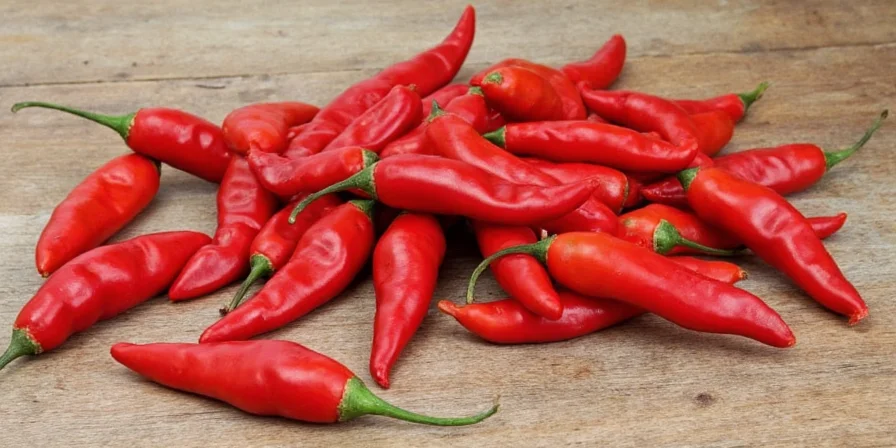









 浙公网安备
33010002000092号
浙公网安备
33010002000092号 浙B2-20120091-4
浙B2-20120091-4